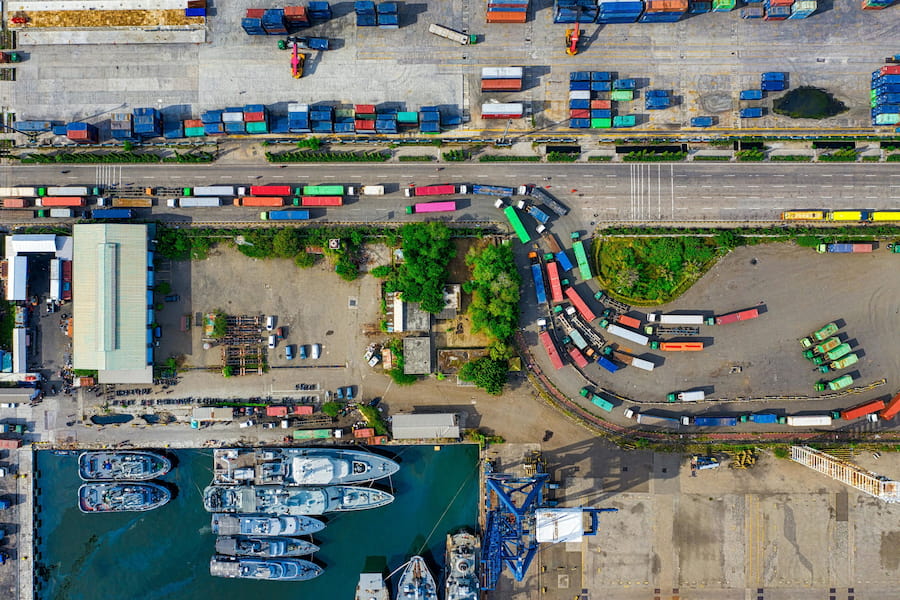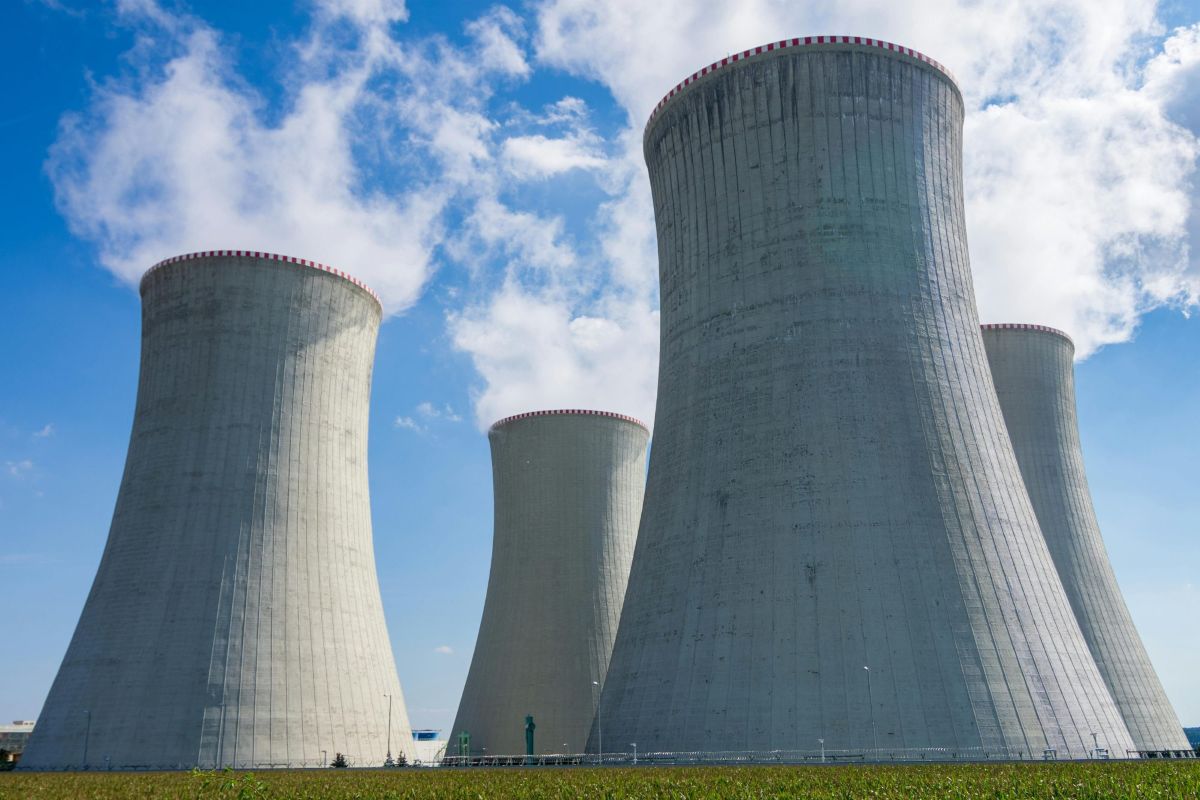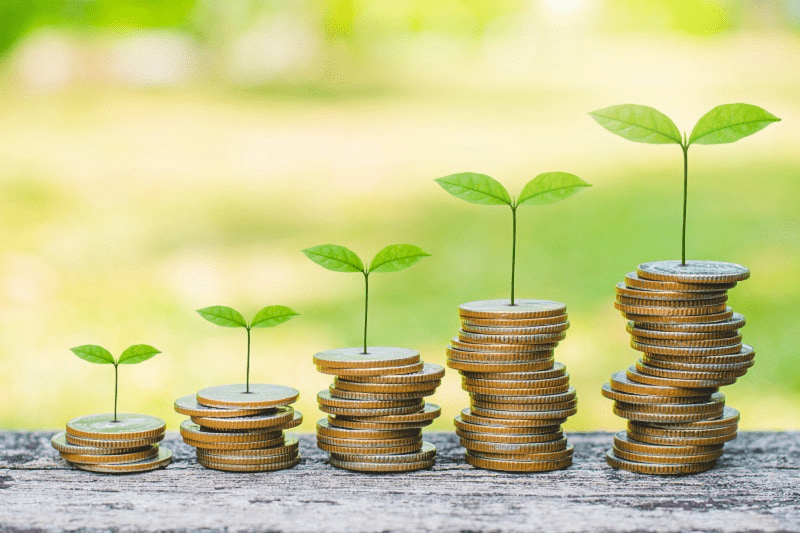Before the global financial crisis, the world had hit an all-time high of trade as a percentage of global GDP in 2007, when 61% of the global production was traded internationally. Despite some people solemnly burying globalisation as a phenomenon of the past, the unthinkable happened -- international trade resurrected. The latest available data from 2022 shows an impressive recovery of trade as a percentage of world GDP in the previous two years from 52% to 63%, a new record high.
True, a rethinking took place, where trade has become less global and more regional, but it seems that countries have quickly adapted to this new strategy. Especially in Asia, the Regional Comprehensive Economic Partnership (RCEP), signed in 2020, gave birth to the largest trading block ever created with ASEAN, China, South Korea, Japan, Australia and New Zealand. The Comprehensive and Progressive Agreement for Trans-Pacific Partnership (CPTPP), where Asia-Pacific countries including Vietnam and, interestingly, the UK are part of, is boosting trade in the region.
Multinational corporations are relocating production nearer to their customers in a move towards domestic manufacturing and what is now called “near-shoring”. Also, as the Western and Eastern blocks started to re-emerge, trade has become more directed towards political partners, which led to the concept of “friend-shoring”.
Given the current geopolitical scenarios, it would be beneficial for Vietnam to strengthen trade relations with friendly, nearer partners like Australia and New Zealand, countries with large potential for Vietnamese trade but that have largely been untapped.
Also, trade in raw materials, especially in Rare Earth Elements (REEs) should be coordinated. REEs are required to build wind turbines, electric vehicles, any types of screens, and medical devices among others. According to the United States Geological Survey (USGS), Vietnam has the second largest reserves of REEs globally with 22 million metric tons, after China, which has 44 million metric tons and before Russia and Brazil, both with 21 million metric tons.
The REEs is a strategic key future resource needed for the green revolution, and Vietnam happens to be a key global player in this industry. South Korea, eager to acquire a part of Vietnam’s resources, is planning to mine REEs in Vietnam. While this initiative should be welcomed, it begs the question of how this strategic resource can benefit Vietnam’s global position and economic strength.
In terms of foreign direct investments (FDI), the closer trade ties with countries in the region are making Vietnam an attractive destination for FDI which, at first sight, should come as good news. Still, it is necessary to create an economic environment where not only cheap labour is the selling point of Vietnam for FDI. Key infrastructure projects that the government has already initiated will help to improve Vietnam’s position as a key global player. Also, the expressed fight on corruption is an ongoing and necessary battle to be fought which bring stability and credibility to the country.
Foreign investors often cite the lack of skilled labour as one deterrent to invest in the country. While university graduates can help, it also is necessary to build up vocational training, so that formally trained electricians, plumbers, mechanics and so on are available for investment projects.
The Vietnamese government has put in place several measures and implemented key projects that are conducive to sustained growth and economic stability. Coupling these measures with redirecting trade closer and to more friendly countries as well as solidifying our position as an FDI manufacturing hub in the region will equip the country for any storm that may loom in the future.
Story: Dr Daniel Borer, Lecturer in Management, The Business School, RMIT University Vietnam
A version of this article was previously published in the Vietnam Investment Review.
Masthead image: Darko – stock.adobe.com | Thumbnail image: Rattanathip – stock.adobe.com





